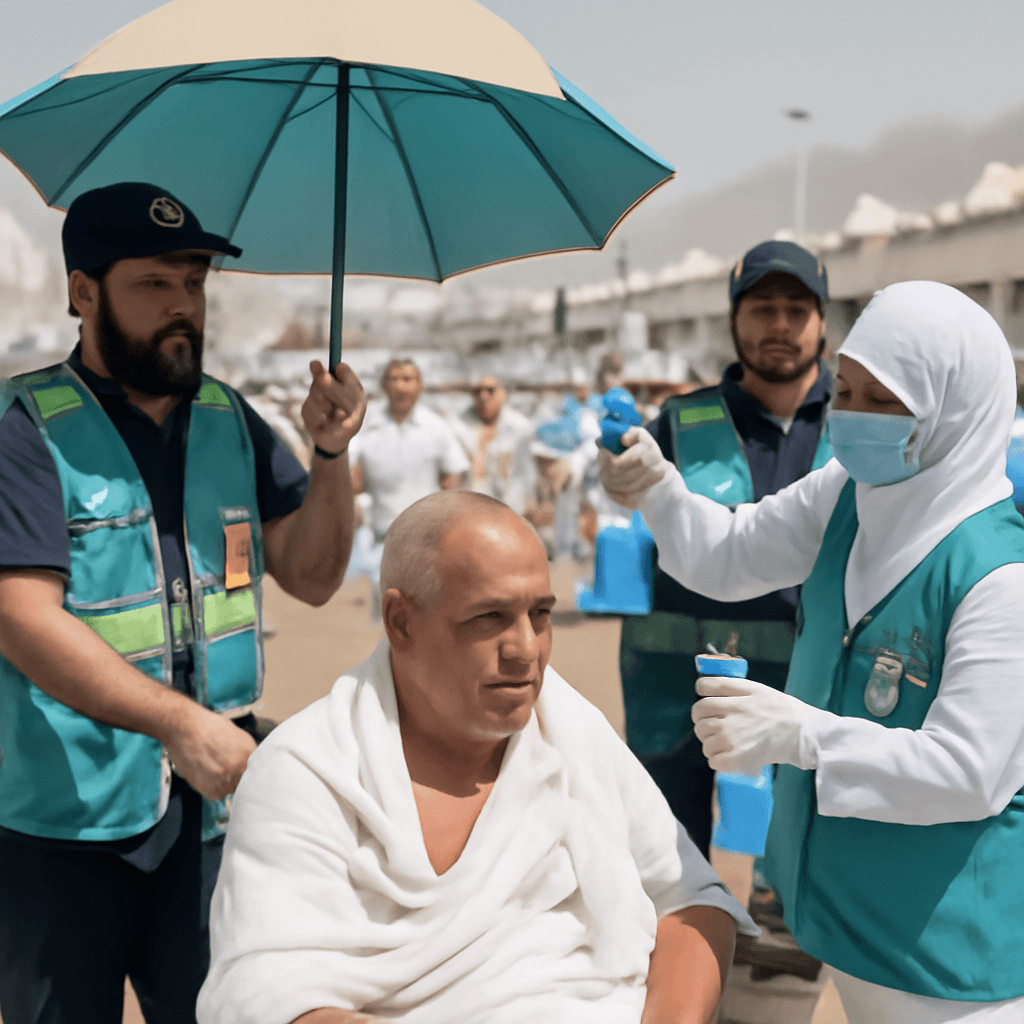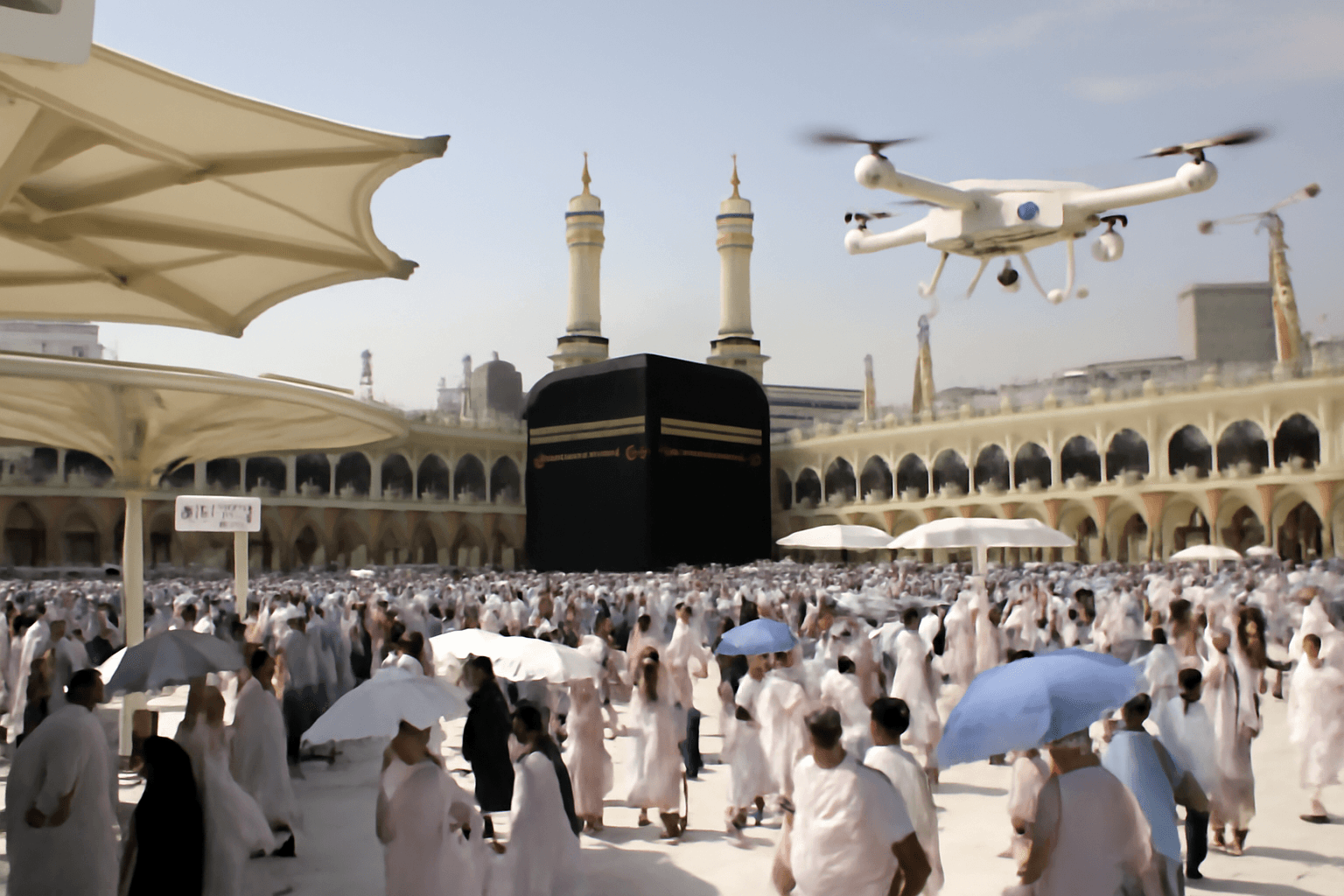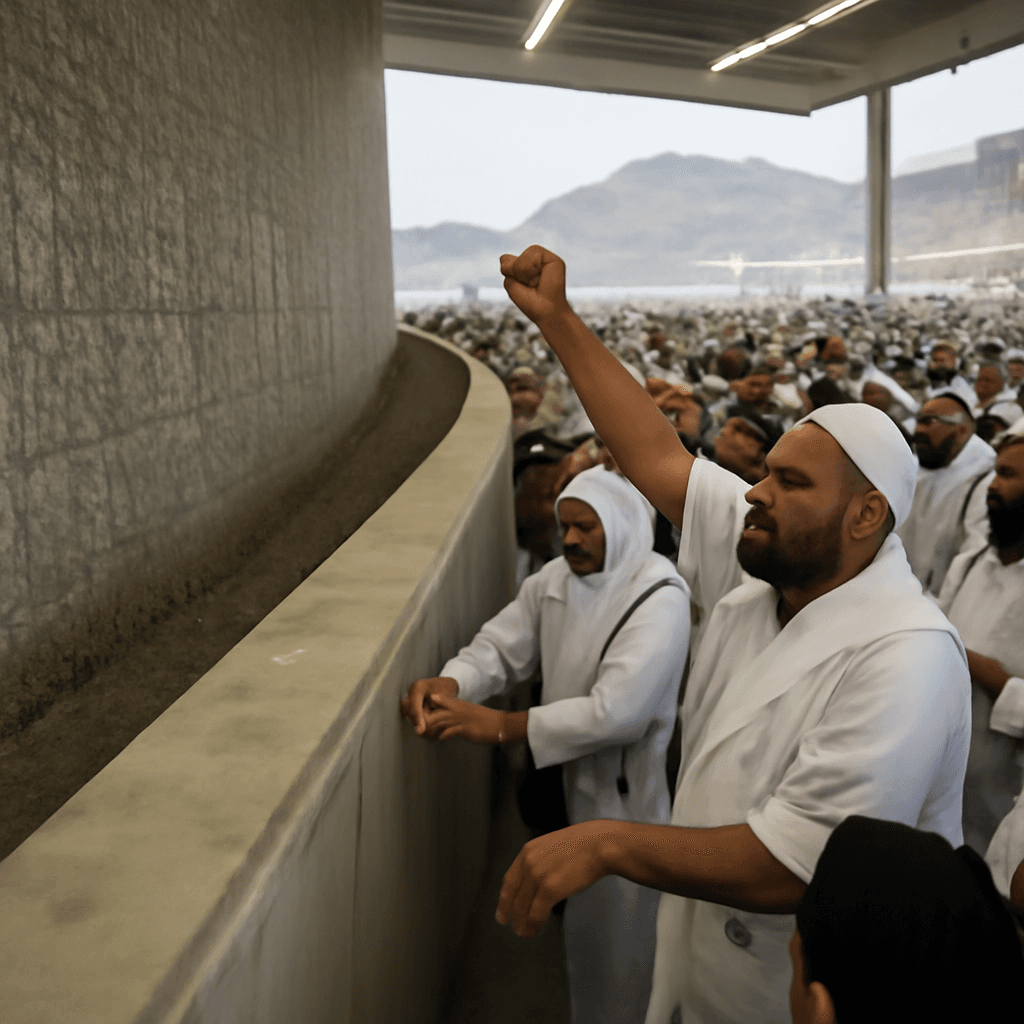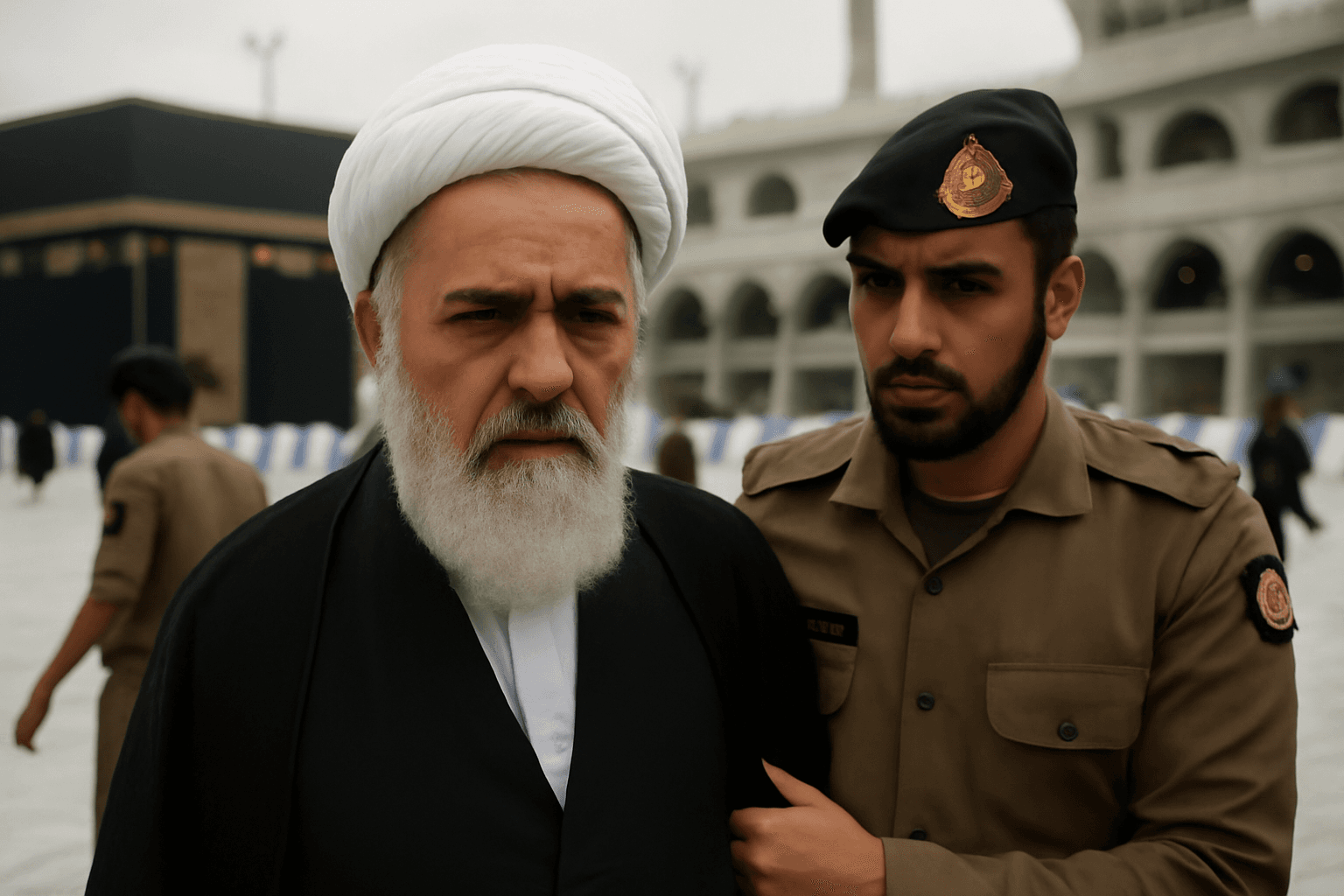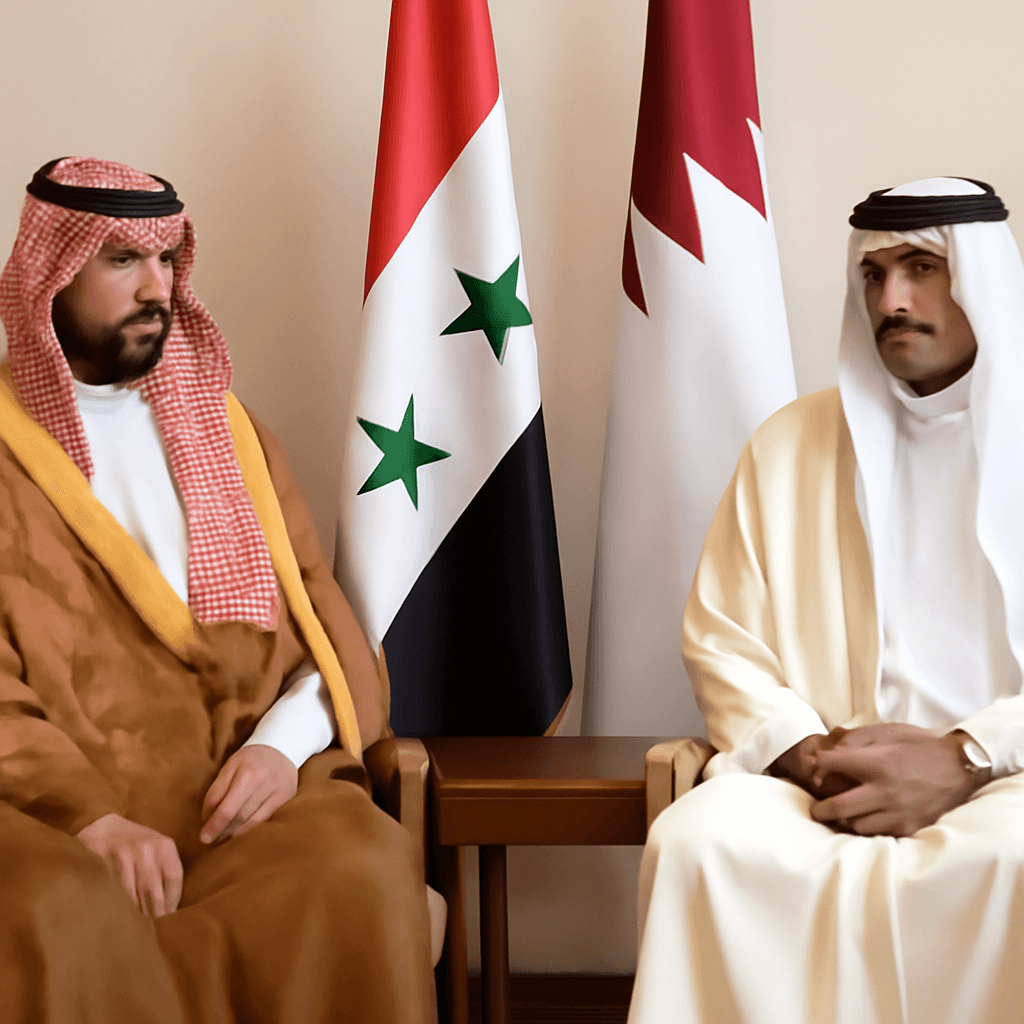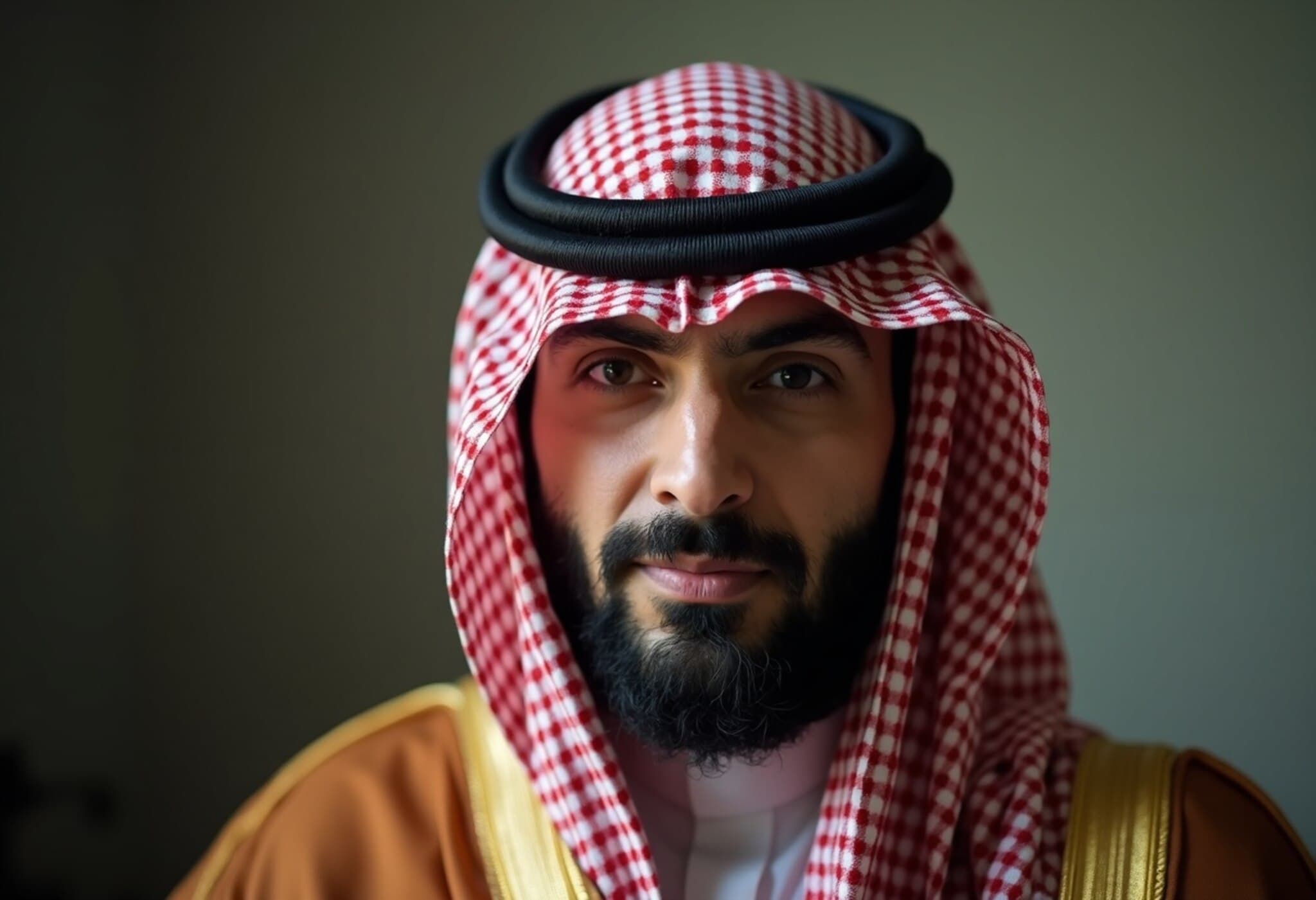Saudi Arabia Gears Up for Extreme Heat in 2025 Hajj Pilgrimage
As millions of Muslim pilgrims arrive in Mecca this year, Saudi authorities are intensifying preparations to manage the effects of severe heat during the Hajj pilgrimage. The event takes place amid scorching summer temperatures, raising concerns about pilgrims' health and safety.
Preparing for Heat-Related Health Emergencies
Located in a vast tent city outside Mecca, the Mina Emergency Hospital, one of 15 temporary medical facilities established for the pilgrimage, is bracing for an influx of heat-related cases. Following a deadly heatwave during last year's Hajj that resulted in over 1,300 fatalities, Saudi officials are proactively enhancing healthcare capacity and emergency response.
Temperatures this year are forecasted to exceed 40 degrees Celsius (104 degrees Fahrenheit), an intense heat that challenges the well-being of millions gathered from across the globe. So far, authorities have reported 44 cases of heat exhaustion.
Extensive Healthcare Resources and Preventive Measures
The Saudi Ministry of Health has mobilized over 50,000 healthcare workers and administrative staff, marking a significant increase compared to previous years. More than 700 hospital beds equipped with fans and cooling apparatus are prepared to manage severe heat illnesses, representing a 60% expansion in capacity relative to last year.
Additionally, 71 emergency medical points are strategically established around the holy sites to provide immediate care and prevent conditions from worsening. Misting fans, water cooling units, and cooled walkways, including a newly completed 4-kilometer path leading to Mount Arafat, are in use to mitigate heat impact.
Pilgrim Behavior and Safety Guidelines
While the Grand Mosque in Mecca benefits from the world’s largest cooling system with advanced fans and cooled pavements, outdoor conditions remain challenging. Some pilgrims have adapted by wearing caps or using umbrellas; others, however, endure the heat with minimal protection due to religious devotion or personal resilience.
Health officials advise pilgrims to avoid unnecessary sun exposure, especially during key rituals such as the day at Mount Arafat. Importantly, climbing Mount Arafat is not obligatory, and staying in shade or inside tents is encouraged to reduce heat-related risks.
Quoting a health official, "Most heat illnesses at Arafat result from pilgrims staying directly under the sun. They need not leave their tents or climb the mountain, reducing health hazards significantly."
Context and Outlook
The extreme heat during the Hajj pilgrimage represents an ongoing challenge as global temperatures rise. Last year’s record-breaking heatwave, considered the hottest ever recorded, underscored the urgency of improved preparedness.
The pilgrimage continues to test the physical and spiritual endurance of participants, many viewing the hardships as part of their faith journey.
- Over 1.4 million pilgrims have arrived this year for the multi-day pilgrimage.
- Saudi authorities have increased healthcare staff and facilities by more than 60% compared to 2024.
- Advanced cooling systems and medical points are deployed throughout the holy sites.
These comprehensive measures aim to safeguard pilgrims’ health while preserving the spiritual sanctity of one of the world’s largest annual religious gatherings.

